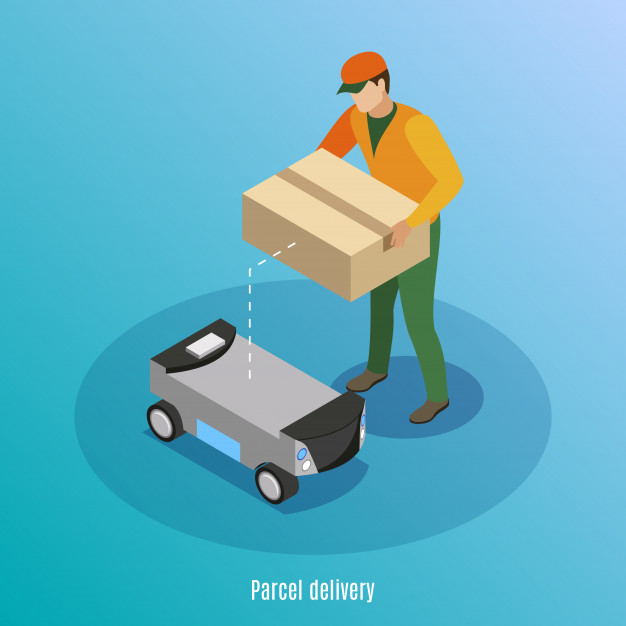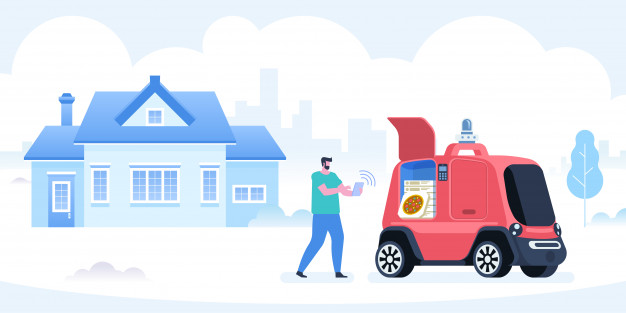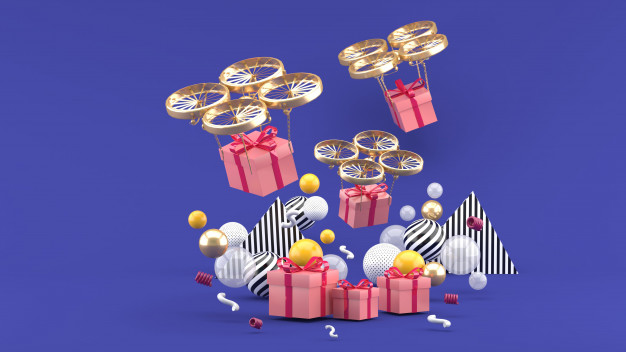The 2020’s will be the decade when technology will be truly autonomous. The trend has already started and it is going to take a big leap in the days to come. Starting from auto-driven cars to smart-bots, the human interaction will gradually recede in the tech sphere. At such a juncture of auto-delivery system, the smart agents such as drones, self-driving mini-robots etc. are revolutionizing the way we deliver the goods to various locations. Many companies such as Amazon and FedEx are gearing up to make use of this technology to advance their businesses and reduce the dependence on manpower for the work. Another important area where these self-driving vehicles are gaining importance is defence. The autonomous vehicles are being used for surveillance and carrying goods such as food packets or medicines in defence zones. The safety of these autonomous vehicles being employed in defence, however, is a big concern as they carry important and sensitive materials which if captured by the enemies can cause a major damage.
Given their importance in surveillance and security, the safety of these autonomous agents remains a prime concern in the defence sector. To ensure that the soldiers do not lay their hands on a wrong package,delivery agents have a certain marker which can be recognized by the team. However, these markers can be identified by the enemy as well and delivery agents can be destroyed, misused or exploited against the user. Prof. K. Sridharan and Bhaskar Vundurthy at IIT Madras have been working to come up with solutions that can make autonomous delivery agents safer for defence operations. The team has been working on strategies using which a rescue agent, another autonomous vehicle, can save a delivery agent from being captured and damaged by the enemy’s autonomous vehicle. The researchers have recently published the results of this study in a prestigious international journal ‘IEEE TRANSACTIONS ON INDUSTRIAL INFORMATICS’.
“Imagine a world consisting of predator and prey robots. Assume that the prey robots (termed delivery agents) carry some material from one point to another. The goal of a predator (termed adversary) is to interrupt the transfer. The prey robots should be saved from a predatory attack. Such a problem arises in defence applications. How would one go about tackling this problem? Our study shows that a rescue robot can, indeed, save a prey robot often (i.e., in a number of configurations) even if the former does not have vision support,” says Prof. K. Sridharan, Professor at IIT Madras who leads the study, while talking about it.

For this study, researchers assumed that the delivery agents and the rescue robots that protect them can only communicate wirelessly. However, the enemy robot has an advantage of vision, i.e. it can see both the delivery agent and the protecting robot. The absence of vision in delivery agents and rescue robots saves them more power that allows them to move longer distances and perform other useful operations. Therefore both the agents and the rescue robots have been assumed to have no vision in this study. Considering this scenario, the researchers have come up with algorithms using which rescue robots can save delivery agents. These algorithms are based on the concept of Apollonius circles.
“In the paper, the authors describe the use of Apollonius circles to locate the safe areas where the rescuer and the delivery agents plan their rendezvous. Apollonius circles are defined based on two points termed as foci. If the movement of a point is such that the ratio of its distances from these two points is constant, then it travels along a circular path. In an Apollonian pursuit problem, wherein two agents (or say points) use the same two foci but travel at varying speed ratios, a family of such circles are formed making it look like a continuous plane. The paper describes this as a safe region where the rescuer agent needs to herd the delivery agent. In case of multiple threats in presence of multiple delivery agents, a unique strategy which prioritizes the most vulnerable delivery agent has been used,” says Dr. Shivashankar B. Nair, who is a Professor at IIT Guwahati and is an expert in the same field, while explaining the work.
The work is important as it provides a cost-effective solution for adequately protecting the delivery agents from threats and will have a significant impact on the security of sensitive shipments. The research will help the army to guard country’s territorial boundaries ensuring more safety and security.
Article by Aditi Jain
Here is the link to the research article:
https://ieeexplore.ieee.org/document/8930280












